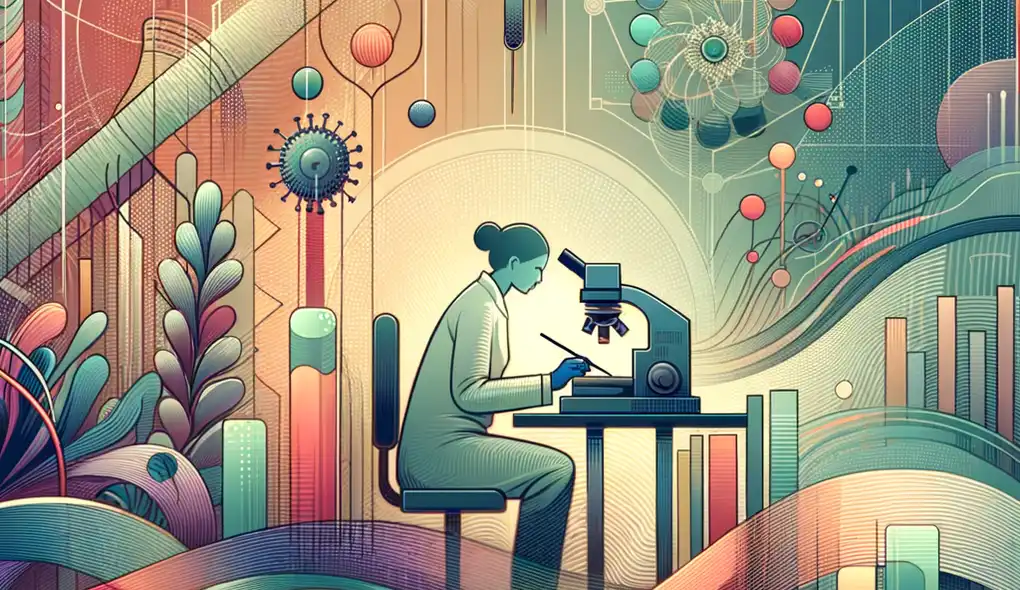Describe a time when you had to make changes to your laboratory procedures to improve efficiency or accuracy.
Microarray Analyst Interview Questions
Sample answer to the question
I had to make changes to my laboratory procedures to improve efficiency and accuracy when I was working on a project involving microarray analysis. We were experiencing issues with inconsistent results, so I decided to investigate and address the problem. After analyzing the data and reviewing our procedures, I realized that the problem was due to inconsistent pipetting techniques. To improve efficiency and accuracy, I proposed a new pipetting technique that involved using multi-channel pipettes instead of single-channel pipettes. This change not only reduced the time required for pipetting but also minimized human errors. I trained my colleagues on the new technique, and we saw a significant improvement in the consistency and accuracy of our results. Overall, this change in laboratory procedures greatly enhanced the efficiency and accuracy of our microarray analysis.
A more solid answer
During a microarray analysis project, I noticed inconsistencies in the results. To address this issue, I thoroughly reviewed our laboratory procedures and identified that the inconsistencies were primarily caused by variations in the washing steps. To improve efficiency and accuracy, I proposed a modification to the washing protocol by optimizing the washing solution composition and adjusting the washing times. I conducted validation experiments to ensure the effectiveness of the new protocol. The results showed a significant improvement in the consistency and accuracy of the microarray data. Additionally, I developed a detailed standard operating procedure (SOP) for the modified washing protocol, ensuring proper implementation and maintenance of the procedure. This change not only improved the quality of our data but also streamlined the workflow, allowing us to analyze a larger number of samples within the same timeframe.
Why this is a more solid answer:
The solid answer provides a more detailed description of a time when the candidate had to make changes to laboratory procedures to improve efficiency and accuracy. It includes specific examples of the problem and solution, as well as the steps taken to validate the changes made. The answer addresses the evaluation areas more comprehensively than the basic answer, but there is still room for improvement in terms of providing specific details.
An exceptional answer
During a microarray experiment, I noticed inconsistent results in the data analysis phase. To identify the root cause, I conducted a thorough investigation and found that the inconsistency was attributed to variations in sample labeling. To improve efficiency and accuracy, I proposed a comprehensive solution. Firstly, I implemented a standardized sample labeling procedure that included clear labeling instructions and trained my team members on the proper technique. Secondly, I introduced a robust quality control process to verify the accuracy of the labeled samples. This involved running replicate experiments and comparing the results to identify any discrepancies. Additionally, I developed a data analysis pipeline using statistical software to automate the analysis and reduce human errors. I validated the new procedures through a series of experiments and statistical validation tests to ensure their effectiveness. The modifications resulted in significantly improved data consistency and accuracy, enabling us to generate reliable findings for publication. I also implemented a thorough documentation system to record all the changes made, allowing us to maintain a comprehensive record of our laboratory procedures.
Why this is an exceptional answer:
The exceptional answer provides a comprehensive and detailed description of a time when the candidate had to make changes to laboratory procedures to improve efficiency and accuracy. It includes specific examples of the problem and solutions, as well as the steps taken to validate the changes made. The answer demonstrates a high level of expertise in addressing the evaluation areas and goes above and beyond in providing specific details and examples.
How to prepare for this question
- Familiarize yourself with common laboratory procedures and protocols for microarray analysis.
- Stay updated with the latest developments in microarray technology and genetic analysis.
- Develop problem-solving skills by actively seeking opportunities to identify and troubleshoot issues in experimental procedures.
- Gain experience working with statistical and data analysis software.
- Practice documenting laboratory procedures accurately and maintaining detailed records.
- Improve your communication and teamwork abilities by actively participating in collaborative research projects.
What interviewers are evaluating
- Data analysis
- Microarray technology
- Laboratory practices
- Record keeping
Related Interview Questions
More questions for Microarray Analyst interviews